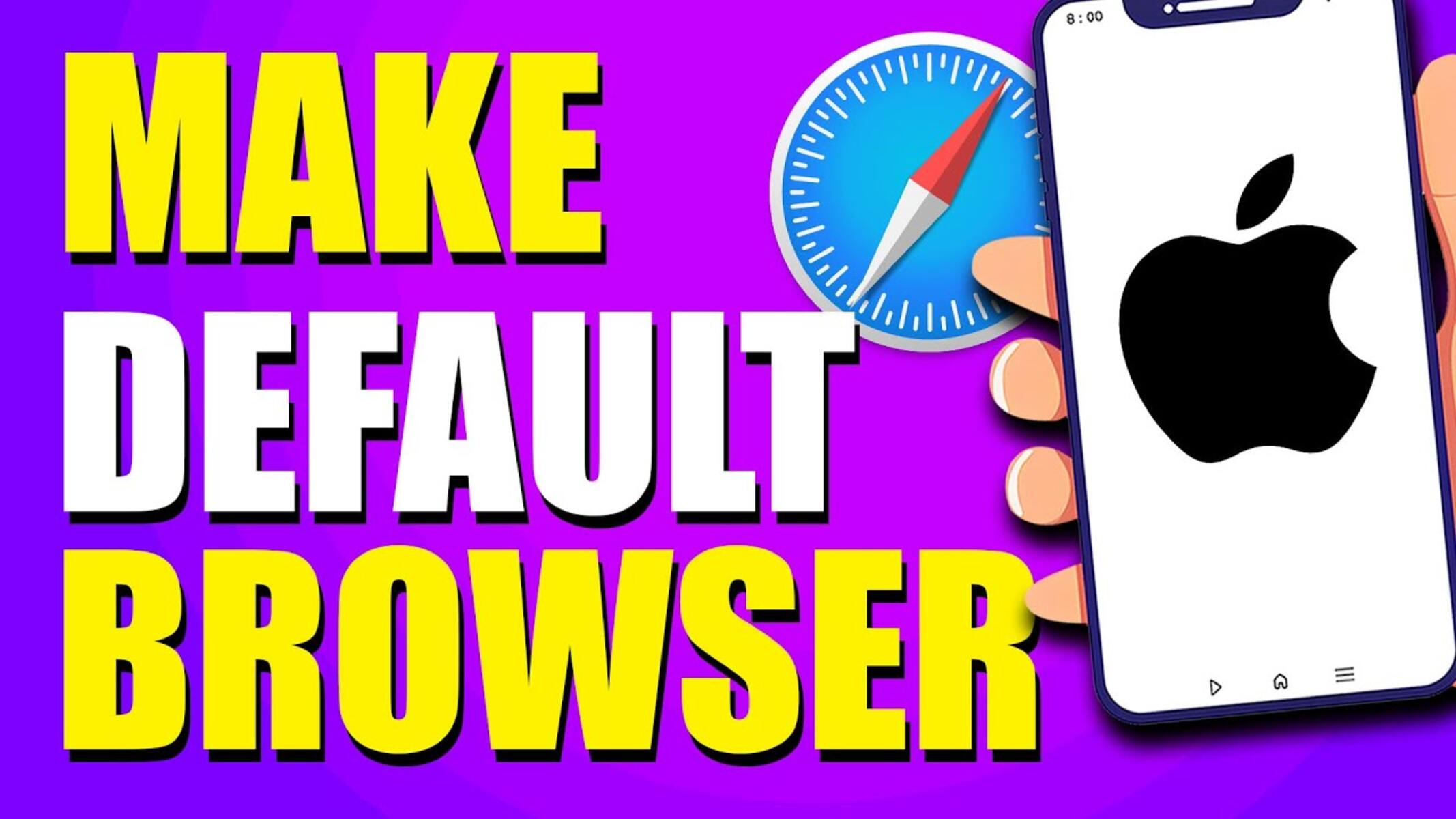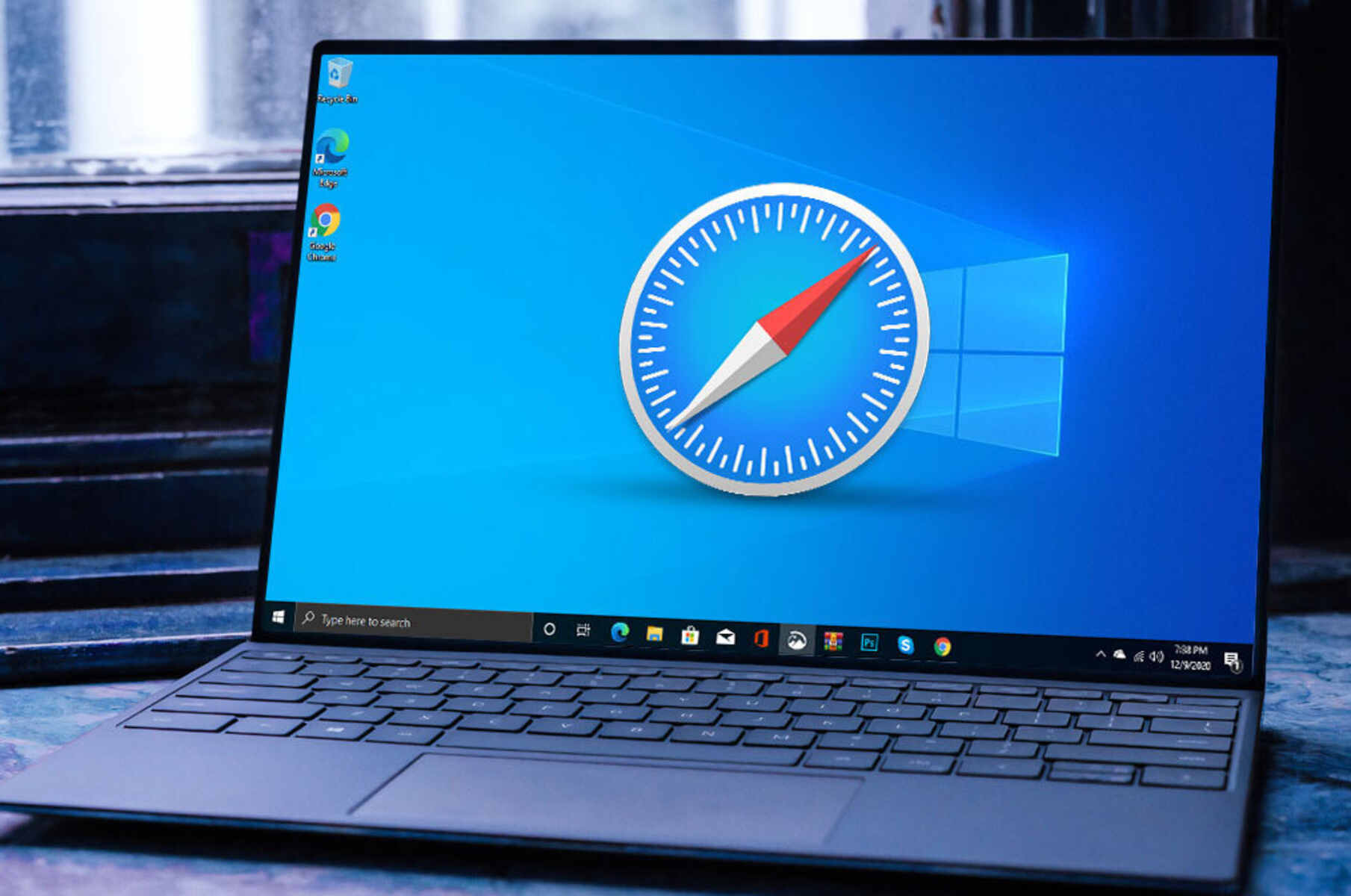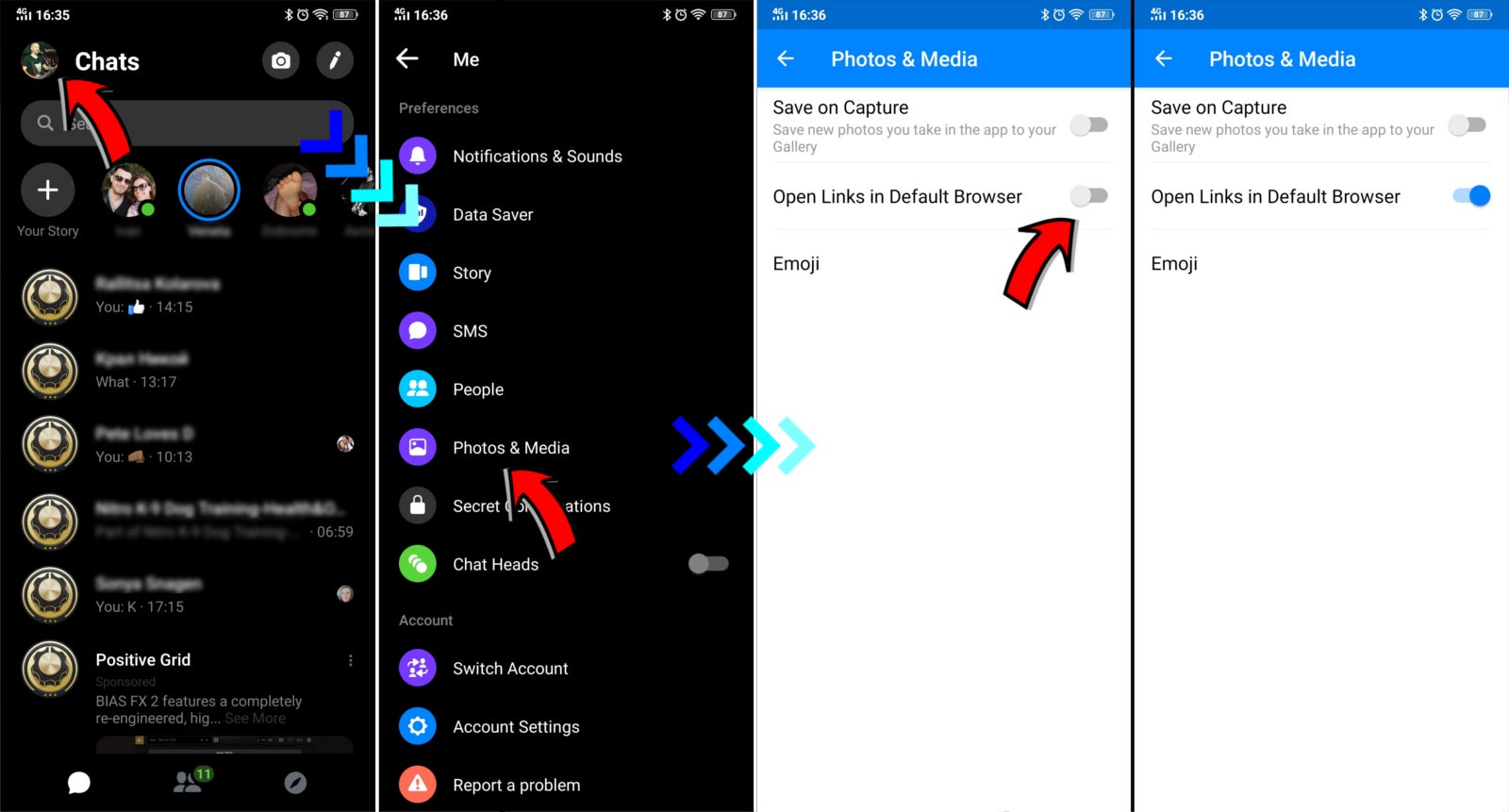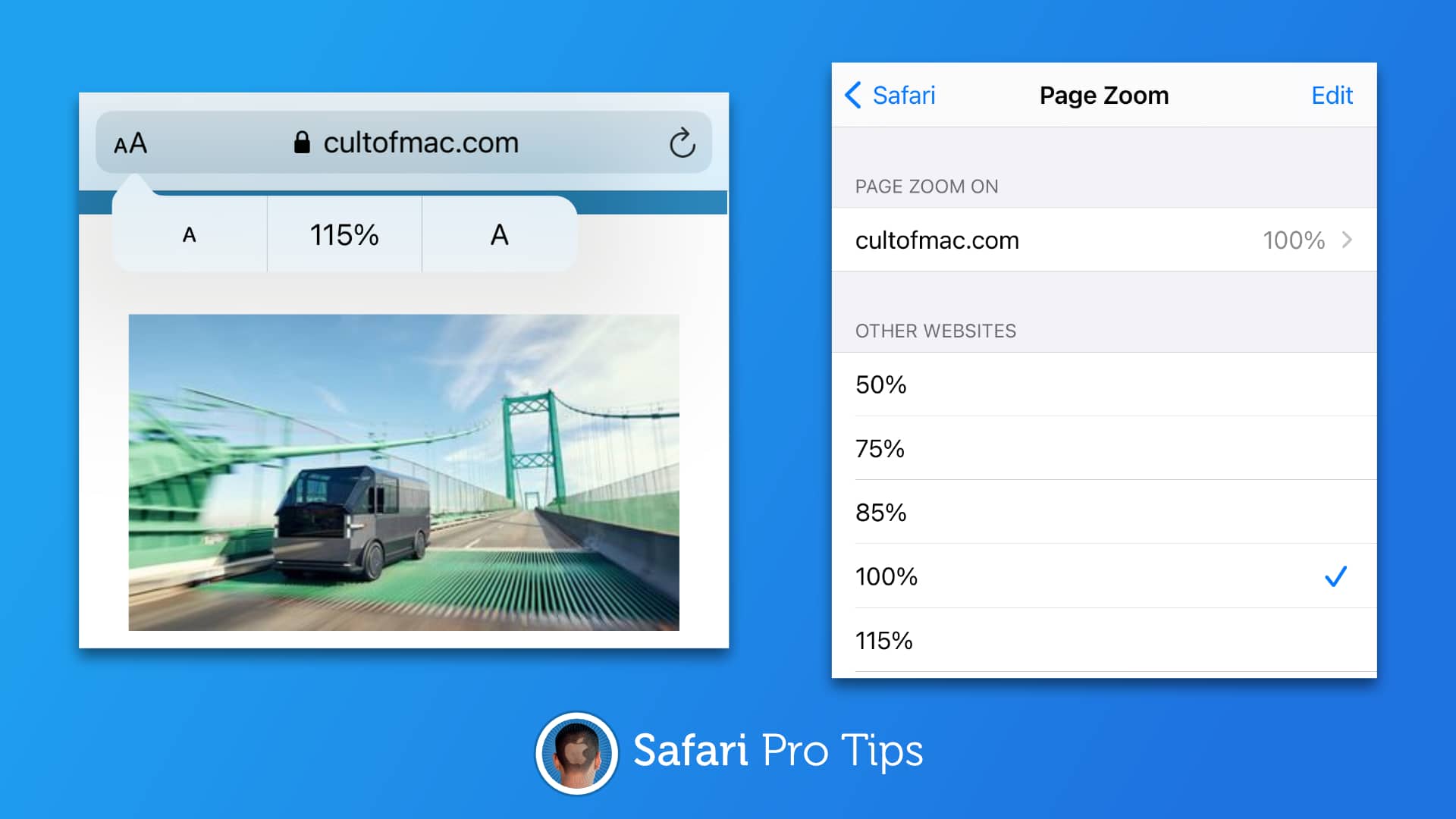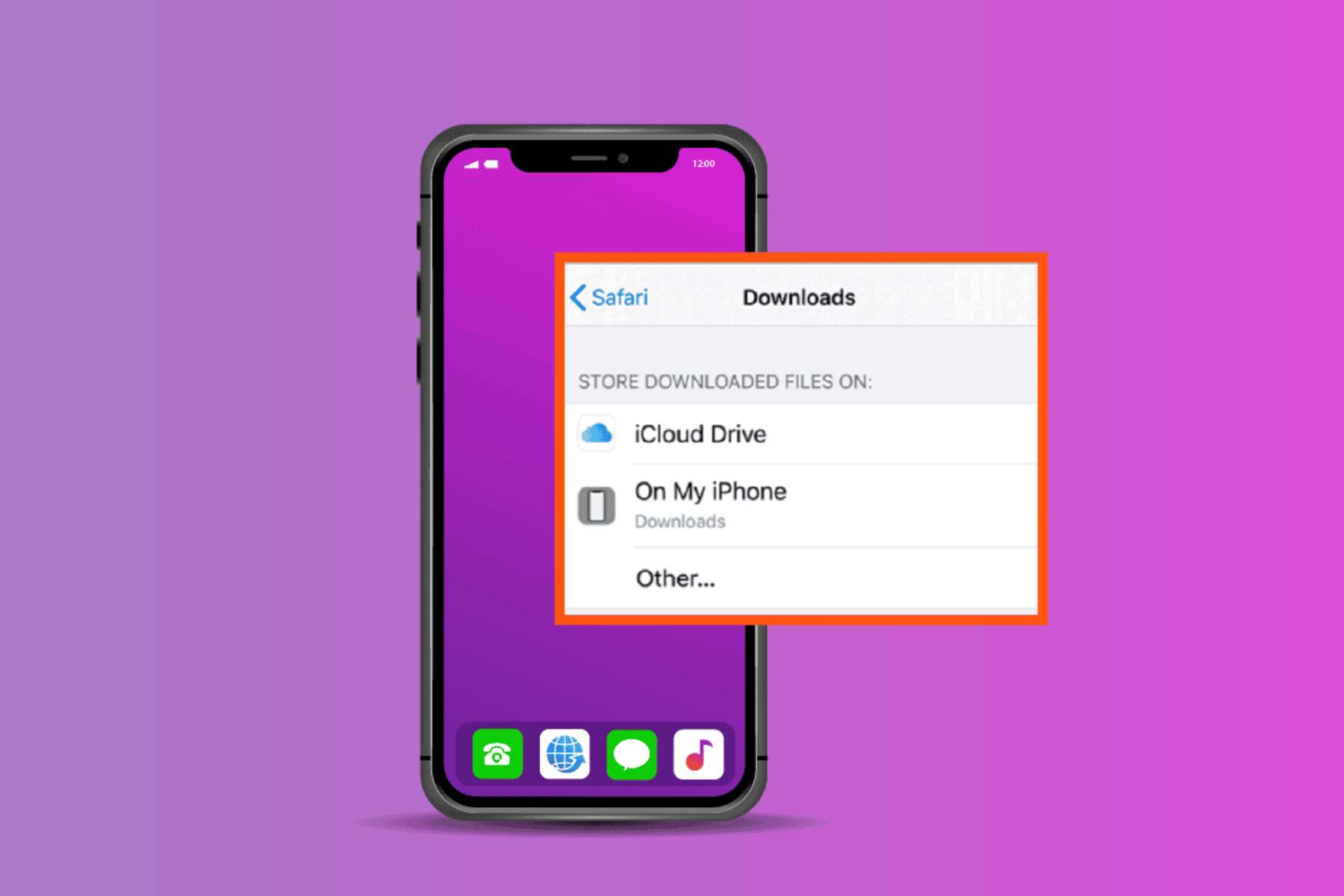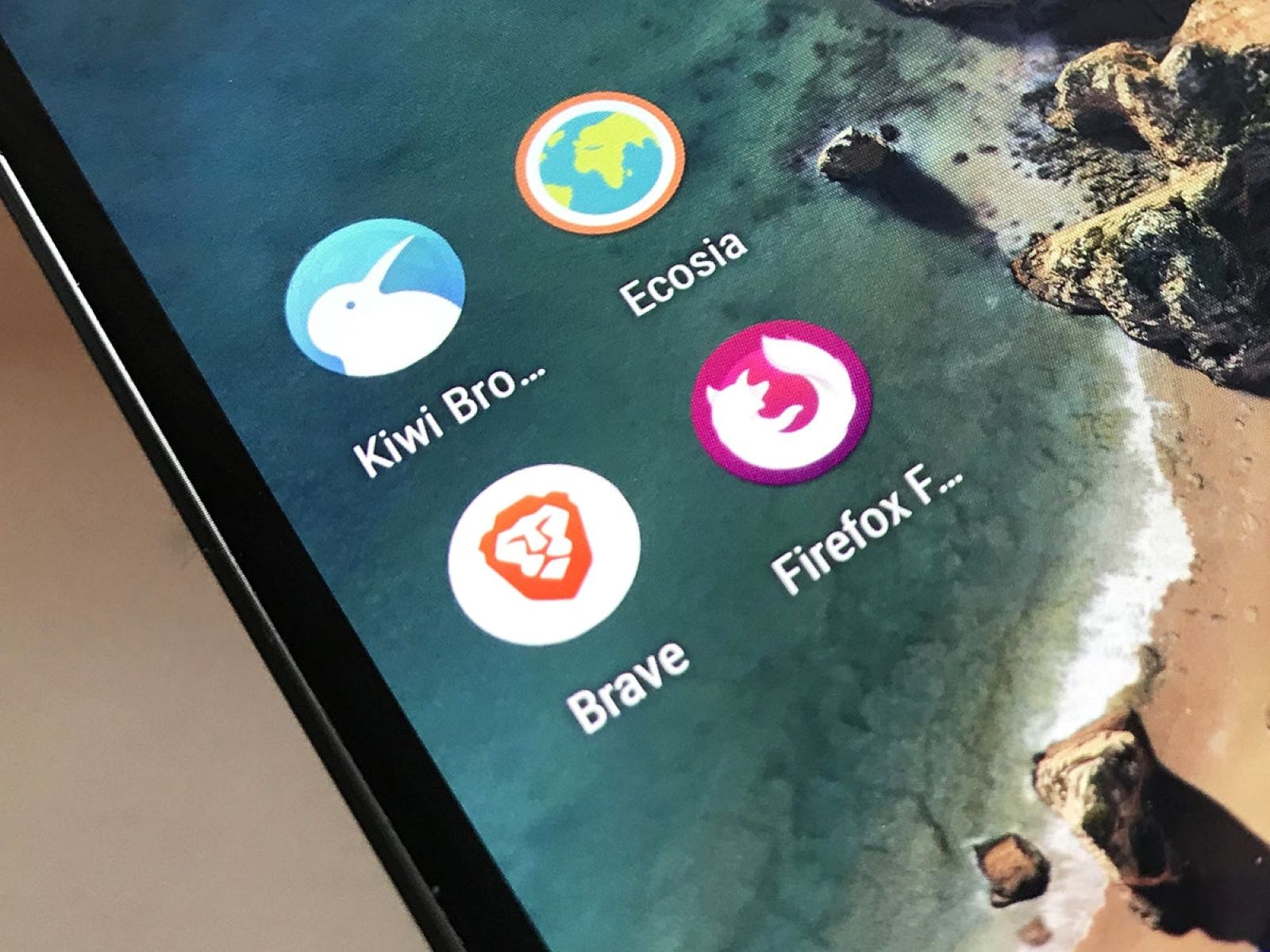Introduction
Making Safari your default browser can enhance your browsing experience and streamline your online activities. Whether you're a Mac user looking to optimize your workflow or simply seeking a change from your current default browser, Safari offers a range of features and integrations that can elevate your web navigation. By setting Safari as your default browser, you can seamlessly access your favorite websites, leverage its robust security features, and enjoy a cohesive browsing experience across your devices.
In this guide, we'll walk you through the simple steps to make Safari your default browser. You'll learn how to access Safari's preferences and configure the settings to ensure that it becomes your go-to browser for all your web interactions. Whether you're using a Mac, iPhone, or iPad, setting Safari as your default browser can unify your browsing experience and harness the full potential of this versatile and user-friendly application.
So, if you're ready to unlock the full potential of Safari and streamline your online activities, let's dive into the step-by-step process of making Safari your default browser. Whether you're a seasoned Mac user or new to the world of Safari, this guide will equip you with the knowledge and confidence to seamlessly integrate Safari into your digital lifestyle. Let's embark on this journey to optimize your browsing experience and harness the power of Safari as your default browser.
Step 1: Open Safari
To begin the process of setting Safari as your default browser, you'll need to open the Safari application on your device. If you're using a Mac, you can easily locate the Safari icon in your dock, which is typically located at the bottom of the screen. Alternatively, you can access Safari from the Applications folder in Finder. Once you've located the Safari icon, simply click on it to launch the browser.
For iPhone and iPad users, Safari is readily accessible from the home screen. Look for the familiar compass icon with blue and white hues, representing the Safari browser. Tap on the icon to open Safari and proceed to the next step in the process of making it your default browser.
Upon opening Safari, you'll be greeted by the clean and intuitive interface that has made it a popular choice among users. The address bar, often referred to as the Smart Search field, is prominently displayed at the top of the window, allowing you to enter website addresses or conduct web searches with ease. Additionally, Safari's tabbed browsing feature enables you to navigate between multiple web pages within a single window, enhancing your multitasking capabilities.
As Safari launches, take a moment to explore its various features and functionalities. Familiarize yourself with the layout of the browser, including the toolbar, bookmarks, and other tools that can enrich your browsing experience. Whether you're drawn to Safari's seamless integration with iCloud, its privacy-focused browsing options, or its energy-efficient performance, opening Safari is the first step toward harnessing its full potential as your default browser.
By opening Safari, you've initiated the process of configuring it as your default browser, setting the stage for the subsequent steps that will seamlessly integrate Safari into your digital ecosystem. With Safari now open and ready for customization, you're poised to embark on the next steps to make it your go-to browser for all your online endeavors.
Step 2: Access Safari Preferences
Accessing Safari preferences is a pivotal step in the process of setting Safari as your default browser. By delving into the preferences menu, you gain access to a plethora of customization options that allow you to tailor Safari to your specific browsing habits and preferences.
On a Mac, you can access Safari preferences by clicking on "Safari" in the menu bar at the top of the screen. A drop-down menu will appear, and you can select "Preferences" from the list. Alternatively, you can use the keyboard shortcut "Command + ," to swiftly access the preferences window. This will open a new window dedicated to Safari preferences, presenting a range of tabs that encompass various aspects of the browser's functionality.
For iPhone and iPad users, the process of accessing Safari preferences is equally straightforward. Simply launch Safari and tap the "Aa" icon located in the address bar. This will reveal a menu with options such as "Request Desktop Website" and "Settings." Tap on "Settings" to access Safari's preferences on your iOS device.
Once you've accessed Safari preferences, you'll be presented with a multitude of customization options that cater to different facets of the browsing experience. The "General" tab typically offers settings related to the browser's homepage, default search engine, and download location. Meanwhile, the "Tabs" tab allows you to configure how new tabs are opened and managed within the browser, providing flexibility in organizing your browsing sessions.
The "Security" tab within Safari preferences empowers you to manage website permissions, enable fraud protection, and configure privacy settings, reinforcing your control over your online security and privacy. Additionally, the "Privacy" tab offers granular control over website tracking, cookie management, and other privacy-related features, aligning with Safari's commitment to safeguarding user privacy.
As you navigate through the various tabs in Safari preferences, take the time to explore the diverse settings and options available to you. From customizing the appearance of Safari to fine-tuning its security and privacy features, accessing Safari preferences empowers you to tailor the browser to align with your unique preferences and browsing habits.
By accessing Safari preferences, you're embarking on a journey of customization and optimization, harnessing the full potential of Safari as your default browser. The next step in the process will delve into configuring Safari as your default browser, cementing its central role in your digital ecosystem.
Step 3: Set Safari as Default Browser
Configuring Safari as your default browser is a pivotal step that ensures seamless integration into your digital workflow. By designating Safari as the default browser on your device, you streamline your web interactions and ensure that links and web content automatically open in Safari, enhancing your browsing efficiency and consistency across applications.
On a Mac, setting Safari as the default browser involves navigating to the "General" tab within Safari preferences. Here, you'll encounter the option to designate Safari as the default browser, typically presented alongside a button or checkbox that allows you to make the switch. By selecting this option, you signal your intent to prioritize Safari as the primary browser for all web-related activities on your Mac.
For iPhone and iPad users, the process of setting Safari as the default browser is seamlessly integrated into the iOS ecosystem. Upon accessing Safari preferences, you can navigate to the "Default Browser App" setting, which empowers you to specify Safari as the default browser on your device. This intuitive approach ensures that Safari becomes the default gateway for accessing web content, unifying your browsing experience across your iOS applications.
By designating Safari as your default browser, you harness the full spectrum of features and integrations that define Safari's appeal. From its seamless synchronization with iCloud to its privacy-centric browsing environment, Safari emerges as the cornerstone of your digital browsing experience. Whether you're drawn to Safari's Reading List for offline reading or its Reader View for distraction-free perusal of articles, setting Safari as your default browser consolidates its role as the linchpin of your web navigation.
Furthermore, by making Safari your default browser, you align with its commitment to privacy and security, leveraging its robust anti-tracking measures and intelligent tracking prevention to safeguard your online activities. This proactive stance toward privacy underscores Safari's dedication to empowering users with control over their digital footprint, reinforcing the significance of designating it as your default browser.
As you set Safari as your default browser, you fortify its position as the central conduit for your online interactions, ensuring a cohesive and harmonized browsing experience across your devices. With Safari seamlessly integrated into your digital ecosystem, you're poised to unlock its full potential and embark on a streamlined and secure browsing journey.
In the next step, we'll delve into confirming the successful change of your default browser to Safari, solidifying its pivotal role in your digital landscape.
Step 4: Confirm Default Browser Change
After designating Safari as your default browser, it's essential to confirm that the change has been successfully implemented across your device. This confirmation step ensures that all web links and content seamlessly open in Safari, solidifying its central role in your browsing experience.
On a Mac, confirming the default browser change involves navigating to the "General" tab within Safari preferences. Here, you can verify that Safari is indeed set as the default browser by checking for the designated option or checkbox indicating its status as the primary browser. Additionally, you can initiate a test by clicking on web links within various applications to ensure that they consistently open in Safari, affirming the successful transition.
For iPhone and iPad users, confirming the default browser change is seamlessly integrated into the iOS ecosystem. By accessing Safari preferences and reviewing the "Default Browser App" setting, you can validate that Safari has been established as the default browser on your device. This validation process ensures that web links from emails, messages, and other applications uniformly launch in Safari, consolidating its position as the default gateway for accessing web content.
Upon confirming the default browser change to Safari, you can revel in the seamless integration and consistent browsing experience that transcends across your digital interactions. Whether you're navigating web links from emails, social media platforms, or third-party applications, the confirmation of Safari as your default browser underscores its pivotal role in unifying your web navigation.
Furthermore, by affirming the default browser change, you reaffirm your commitment to leveraging Safari's array of features, including its intuitive tab management, privacy-focused browsing environment, and seamless synchronization with iCloud. This confirmation step marks the culmination of the process to make Safari your default browser, cementing its position as the cornerstone of your digital browsing experience.
With the default browser change confirmed, you can embark on a cohesive and harmonized browsing journey, leveraging Safari's capabilities to streamline your web interactions and prioritize privacy and security. As Safari takes center stage as your default browser, you're poised to embrace a unified and optimized browsing experience that aligns with your preferences and digital lifestyle.
Conclusion
In conclusion, the process of making Safari your default browser is a transformative endeavor that elevates your browsing experience and streamlines your digital interactions. By following the step-by-step guide outlined in this article, you've embarked on a journey to harness the full potential of Safari as your go-to browser for all your web endeavors.
Setting Safari as your default browser empowers you with a myriad of benefits, ranging from its seamless integration with iCloud to its privacy-centric browsing environment. As the cornerstone of your digital browsing experience, Safari offers a host of features and integrations that enhance your productivity, security, and overall satisfaction with your web navigation.
By accessing Safari preferences and configuring it as your default browser, you've taken a proactive step toward unifying your browsing experience across your devices. Whether you're using a Mac, iPhone, or iPad, Safari seamlessly integrates into the iOS and macOS ecosystems, ensuring a cohesive and harmonized browsing journey.
Moreover, by designating Safari as your default browser, you align with its commitment to privacy and security, leveraging its robust anti-tracking measures and intelligent tracking prevention to safeguard your online activities. This proactive stance toward privacy underscores Safari's dedication to empowering users with control over their digital footprint, reinforcing the significance of designating it as your default browser.
As you confirm the successful change of your default browser to Safari, you solidify its pivotal role in your digital landscape, ensuring a consistent and streamlined browsing experience across various applications and web interactions.
In essence, by making Safari your default browser, you've embraced a unified and optimized browsing experience that aligns with your preferences and digital lifestyle. From its intuitive tab management to its privacy-focused browsing environment, Safari emerges as the linchpin of your web navigation, offering a seamless and secure gateway to the vast expanse of the internet.
With Safari seamlessly integrated into your digital ecosystem, you're poised to unlock its full potential and embark on a streamlined and secure browsing journey. So, as you navigate the digital realm, let Safari be your trusted companion, guiding you through the boundless wonders of the web with unparalleled ease and efficiency.







